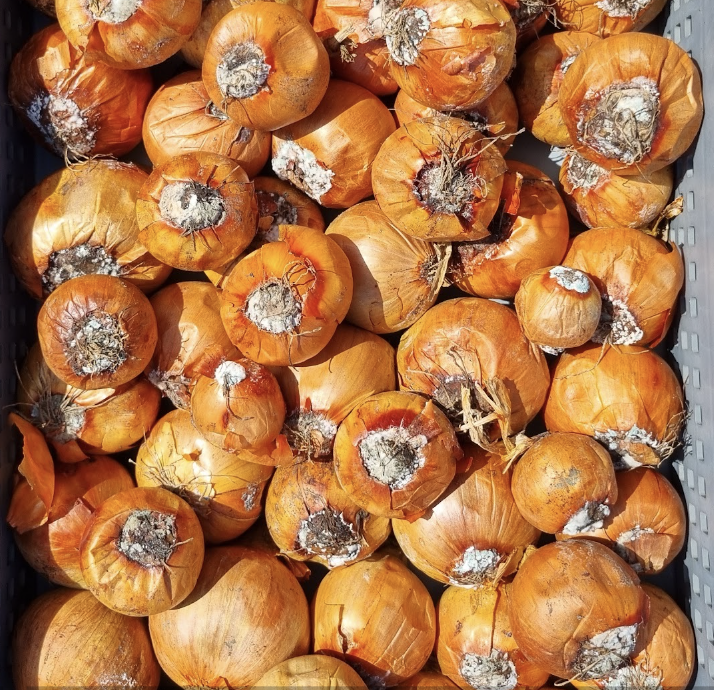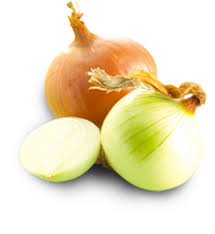Fusarium in Onions
Tackling Fusarium in onion
Funded by Defra / Innovate
Carried out by Sascha Jenkins and supervised by Prof. John Clarkson & Prof. James Covington
Onions are one of the biggest crops grown globally with over 100M tonnes produced per year. In the UK, we grow around 500k tonnes, worth around £160M to the UK economy. However, production is under treat from Fusarium Basal Rot (FBR) caused by the fungal plant pathogen Fusarium oxysporum.
FBR is one of the most destructive onion diseases, causing up to 40% crop losses in the UK, which can cost the industry more than £10 million a year. Onions can be affected at all stages of crop production, from seedlings, right through to the mature plant. FBR commonly infects the plant at the bulb stage, resulting in rotting of the onion from the basal plate upwards. Onions aren’t even safe from the disease once harvested, as FBR can develop later on during storage of onions, with only 10-20% infection rate resulting in the loss of the whole store.
In response to the threat to onions from FBR, a new project aimed at saving our onion crops has begun at the University of Warwick. Researchers at Warwick are trying to develop a new approach to FBR detection, by using a DNA based soil test to identify fields with high risk of disease. As detection of the pathogen is difficult from soil, a new enrichment step will be added, using a media which favours Fusarium growth, to concentrate the pathogen in the sample, making it easier to detect. This test could be used at the start of the growing season so growers can avoid planting onions in highly infested fields. This work is being carried out by Professor John Clarkson and his team at Warwick Crop Centre, part of the new Stratford Innovation Campus.
Additional research being carried out at Warwick includes detecting the scent of rotting onions. Professor James Covington from the School of Engineering is leading this research, which aims to discover scent based indicators to identify if onions are infected and try to estimate how many diseased bulbs are present among the healthy, particularly in onion stores. This methodology hopes to improve the way FBR is detected and controlled, offering a tool for onion growers nationwide.
This project is funded by Innovate UK and DEFRA's Farming Innovation Programme, and is a collaborative project led by B-hive Innovations spanning areas of remote sensing, agronomy, and biology, all supported by the British Onions Producer Association (BOPA).



